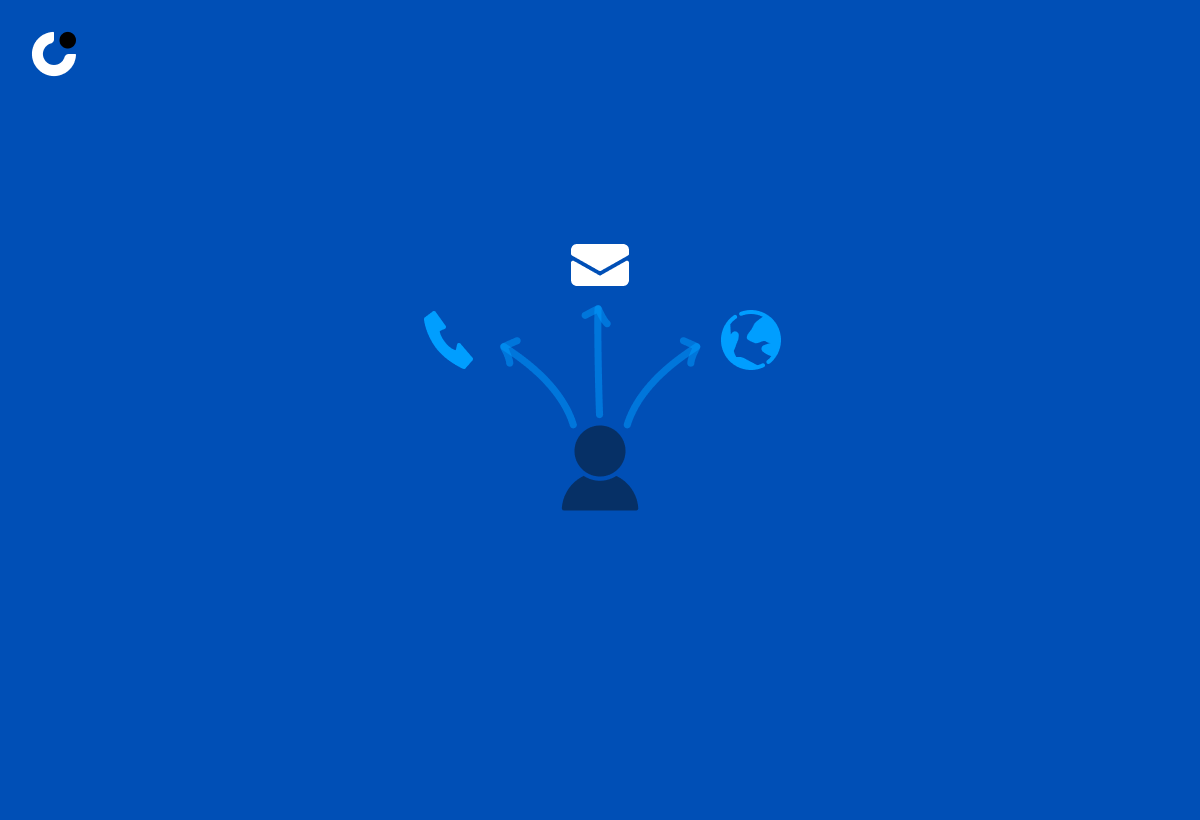Are you struggling to connect with potential clients and grow your business? Cold outreach might be the key to unlocking new opportunities and reaching heights previously unimagined. In this blog post, we’ll dive into proven tips, practices, and benefits of mastering cold outreach, helping you transform your approach and achieve success.
Short Summary
Cold outreach is an outbound marketing strategy used to build relationships and offer solutions that resonate with potential clients.
Cold emailing offers a cost-efficient method of initiating contact, leveraging LinkedIn for tailored campaigns and multichannel strategies.
Crafting effective cold emails requires personalization, proven formulas & templates, tracking performance metrics & overcoming common challenges for successful results.
Understanding Cold Outreach

Cold outreach refers to the process of contacting potential clients with whom you have no prior relationship. This outbound marketing strategy is primarily used by B2B companies, and when executed correctly, it can yield impressive results. However, the difference between cold outreach and warm outreach is crucial to understand. While warm outreach involves contacting people you already have a connection with, cold outreach requires a well-planned approach and personalization to be effective.
Cold outreach isn’t just about sending cold outreach emails or making a cold call. It’s about understanding your target audience’s pain points, crafting compelling cold email subject lines, and following cold email outreach strategy best practices. In essence, successful cold outreach goes beyond simply getting in touch with potential clients; it’s about building relationships and offering solutions that truly resonate with their needs.
The Power of Cold Email Outreach
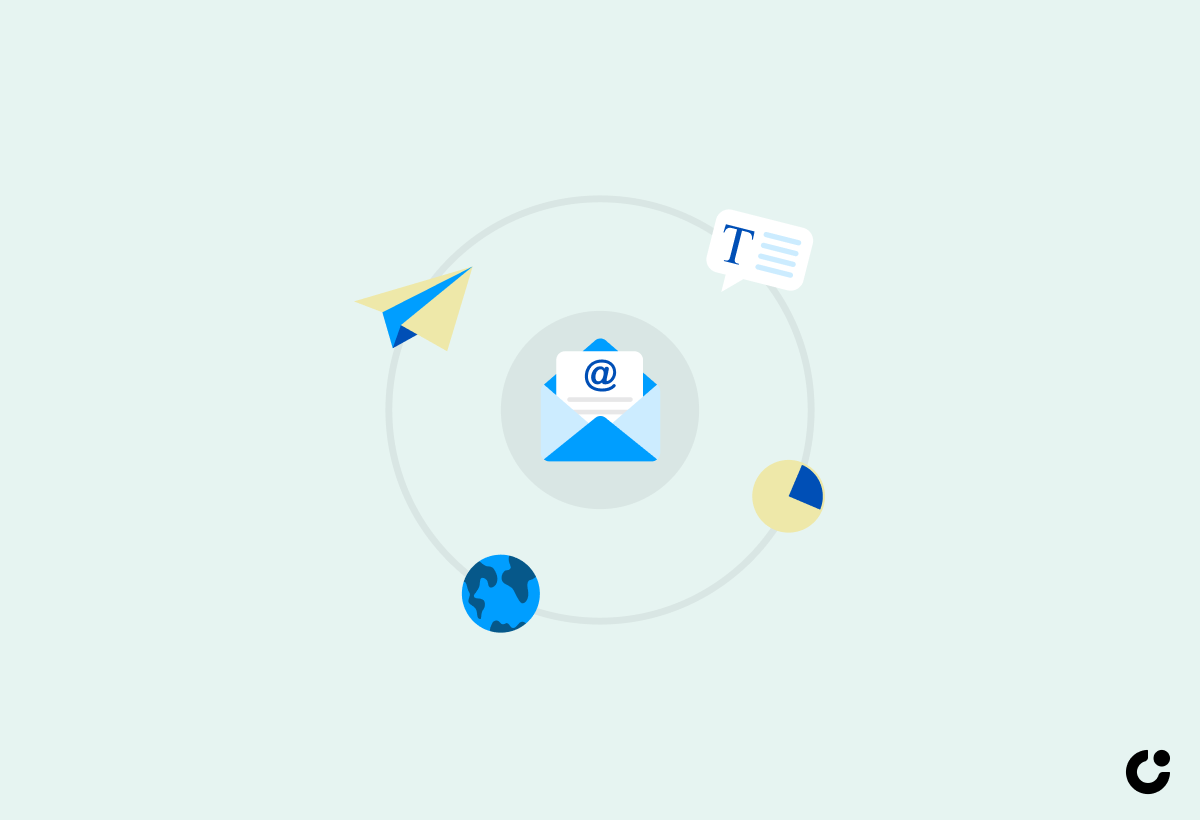
Cold email outreach has become an increasingly popular and effective method for initiating contact with potential clients. It offers numerous benefits, such as cost-effectiveness, scalability, and the ability to build relationships. When done right, cold email outreach can be a game-changer for your business, opening doors to new opportunities and driving growth.
One of the most significant advantages of cold emailing is its high return on investment (ROI). It allows you to:
- Reach a wide range of potential customers, regardless of their location
- Build professional connections that can lead to long-term business relationships
- Easily automate and scale cold email campaigns using marketing automation tools
This makes cold emailing an efficient way to kickstart your cold outreach email efforts.
However, the success of your cold email outreach campaign depends heavily on the quality of your cold emails, their cadence, and how well they resonate with your target audience. To ensure your messages hit the mark, it’s essential to follow the best practices for crafting compelling cold emails, which we’ll explore in the following sections.
Benefits of Cold Emailing
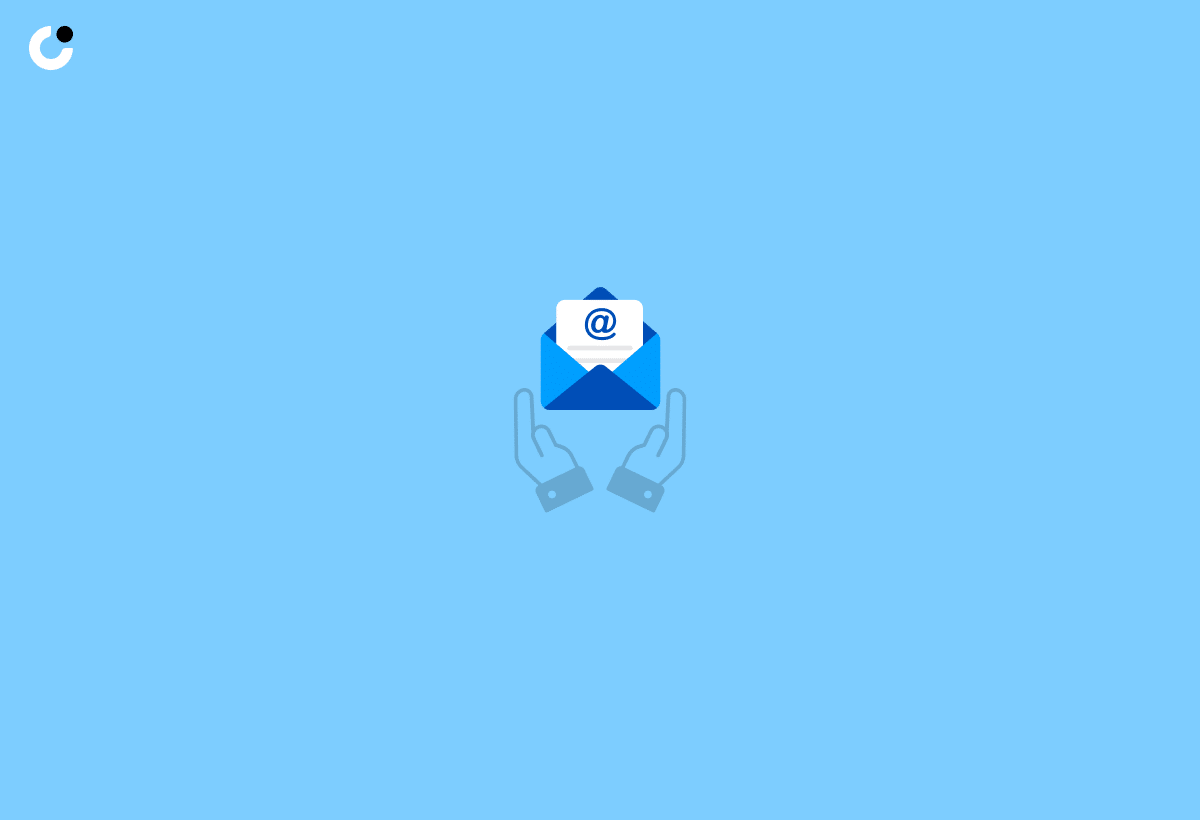
Cold emailing offers several advantages that make it an essential component of a successful cold outreach strategy. For starters, it enables you to connect with users in their preferred environment, making it more likely that they’ll engage with your message. Additionally, cold emailing is highly scalable, allowing you to reach a large number of potential customers without a significant increase in costs or resources.
Another benefit of cold emailing is the potential for lead generation and networking. By providing relevant information about your brand and a clear call to action, you can effectively generate new leads and establish connections with industry peers, thought leaders, and potential clients. Furthermore, cold emailing helps boost sales by directly targeting the people who are most likely to be interested in your product or service, increasing the likelihood of them making a purchase.
Lastly, cold emailing allows you to:
- Test different approaches and refine your messaging based on the results
- Track response rates, click-through rates, and other performance metrics
- Identify the best practices that work for your target audience
- Continuously improve your cold email outreach strategy
- Connect with potential contacts before a conference or event
Best Practices for Cold Emails

Statistics show that to maximize the success of your cold email outreach, it’s essential to follow best practices. First and foremost, personalization is key. By customizing your email content to address the specific pain points and needs of your prospective customers, you demonstrate an understanding of their challenges and showcase how your product or service can provide a solution.
Another critical component of a successful cold email is the subject line. A captivating subject line can pique the recipient’s curiosity and entice them to open your email. Some strategies for crafting attention-grabbing subject lines include evoking curiosity, fear of missing out (FOMO), or creating a sense of urgency. Personalizing the subject line by mentioning the recipient’s name, company, competitors, or industry can also increase open rates.
Finally, it’s essential to keep your cold email concise and to the point. Aim for a length of 50-200 words, with the ideal length being around 100 words. This ensures that the email is easily digestible and allows your potential customer to quickly assess the relevance of your message. Be sure to include a clear call to action, guiding the recipient towards the next step in the sales process.
What Happens After You Send a Cold Email
When you send a cold email, if your message resonates with the prospect, they're going to check out your website/landing page. It's human nature to do background research on someone before agreeing to a meeting with a stranger. We all do it.
Because of this, you want to make sure your website is loading fast. You need to make sure you have a reliable web host. If your site fails to load, you most likely will lose your prospect because they'll assume you're a scammer.
Leveraging LinkedIn for Cold Outreach
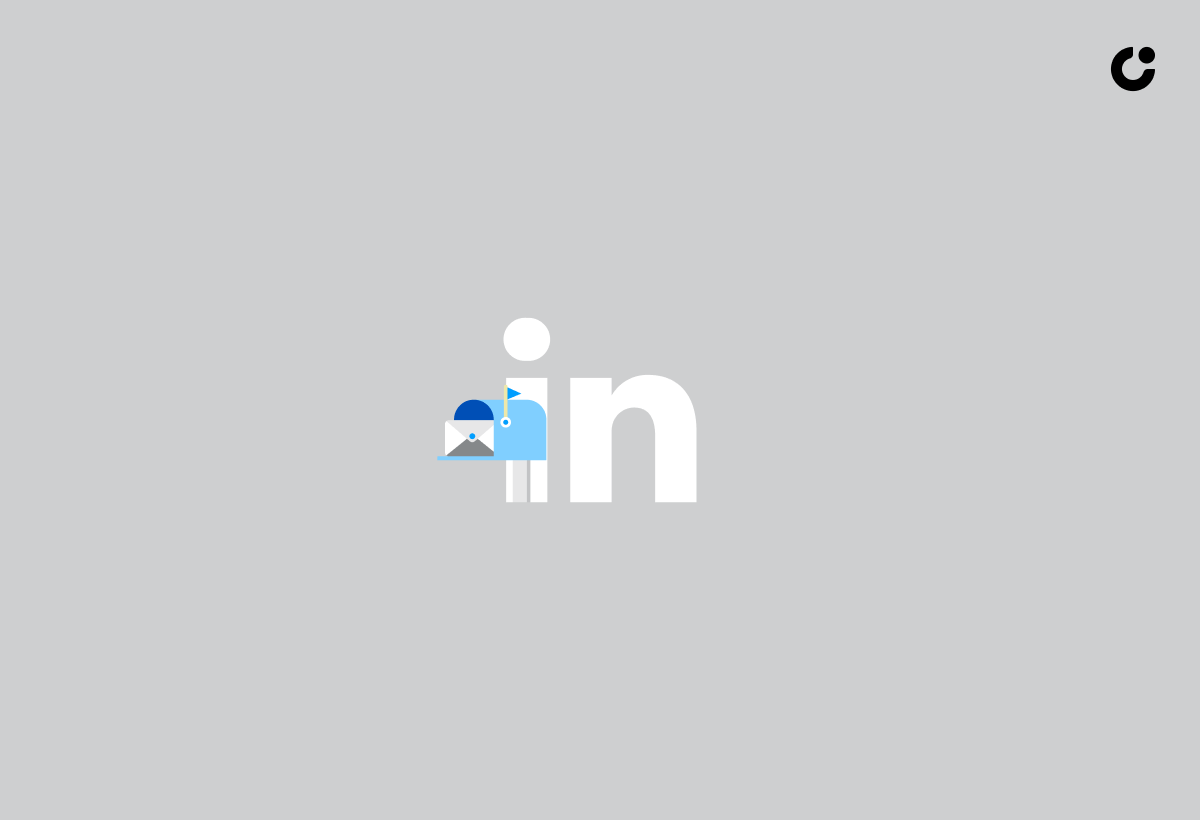
LinkedIn is an invaluable platform for cold outreach, offering a wealth of information and resources to help you connect with potential clients. With over 774 million users, LinkedIn has more than 774 million users. It provides a unique opportunity to gain insights into your target audience, their professional accomplishments, and their pain points.
One of the most significant benefits of using LinkedIn for cold outreach is the range of messaging options available. LinkedIn offers various ways to connect with prospects, including:
- Connection requests
- Regular messages
- LinkedIn InMails
- 3rd-degree connections
By utilizing these messaging tools, you can create tailored outreach campaigns that cater to each prospect’s preferences and communication style. (A customer experience software can help you organize all of this information.)
In addition to its messaging capabilities, LinkedIn is a treasure trove of information about potential clients. By conducting thorough research, you can gather valuable details such as:
- The prospect’s name
- Company
- Contact information
- The content they engage with on the platform
This information can be used to craft personalized outreach messages that address the prospect’s unique pain points and demonstrate how your product or service can provide a solution.
Multichannel Cold Outreach Strategies

Multichannel cold outreach combines various communication channels, such as email and LinkedIn, to create multiple touchpoints with your target prospects. By using a multichannel approach, you increase the chances of successfully engaging with potential clients and discovering their preferred communication channel for further dialogue.
One of the key advantages of multichannel outreach is its ability to reach a larger audience. By utilizing multiple platforms, you can cater to a wider range of preferences, ensuring that your message reaches as many potential customers as possible. This approach also allows you to test different strategies and messaging styles, helping you identify which methods resonate best with your target audience.
Business management software (BMS) can help streamline and automate the multichannel outreach process, making it easier to manage and scale your campaigns. By leveraging a BMS’s features, you can optimize your outreach efforts, monitor performance metrics, and ultimately accelerate your revenue growth.
Crafting Compelling Cold Outreach Messages
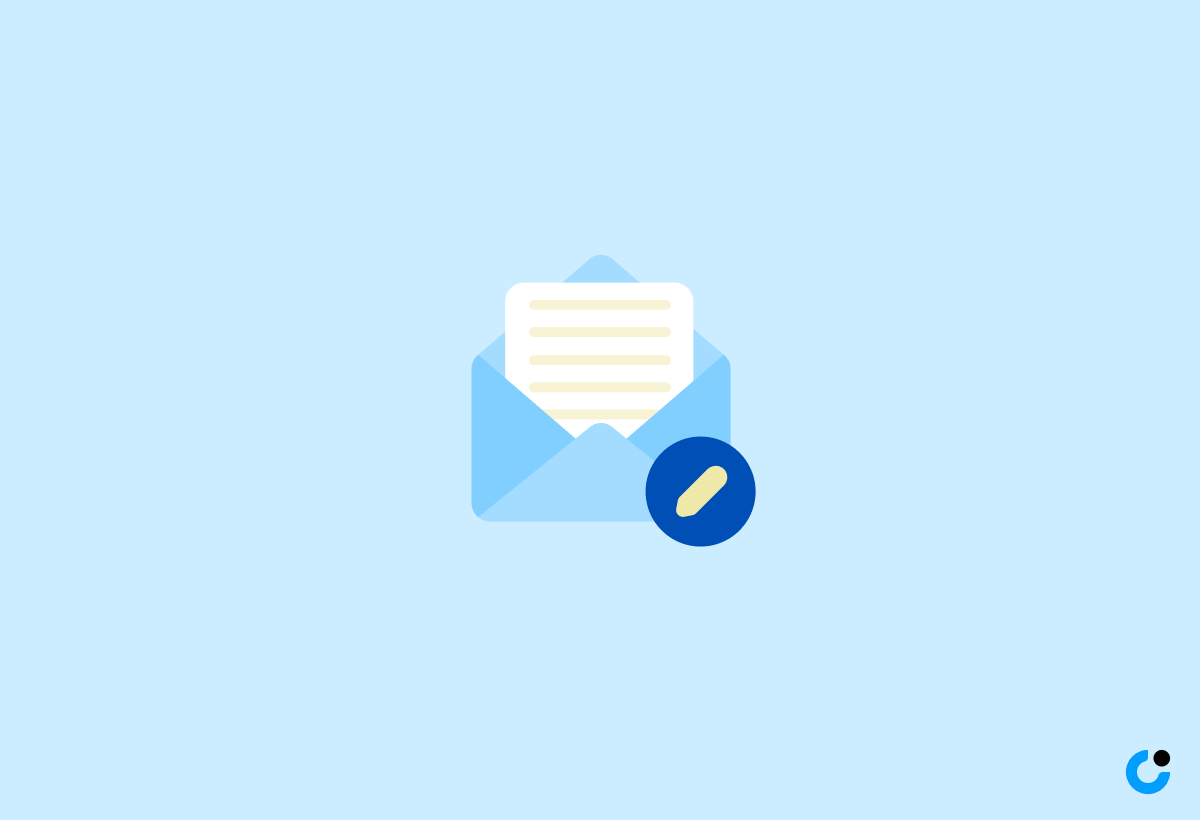
To create compelling cold outreach messages that resonate with your target audience, it’s crucial to use proven formulas and templates, personalize your content, and address the unique pain points of your prospects.
In the following subsections, we’ll delve deeper into these techniques and explore how they can be applied to craft effective cold outreach messages.
Using Proven Formulas and Templates
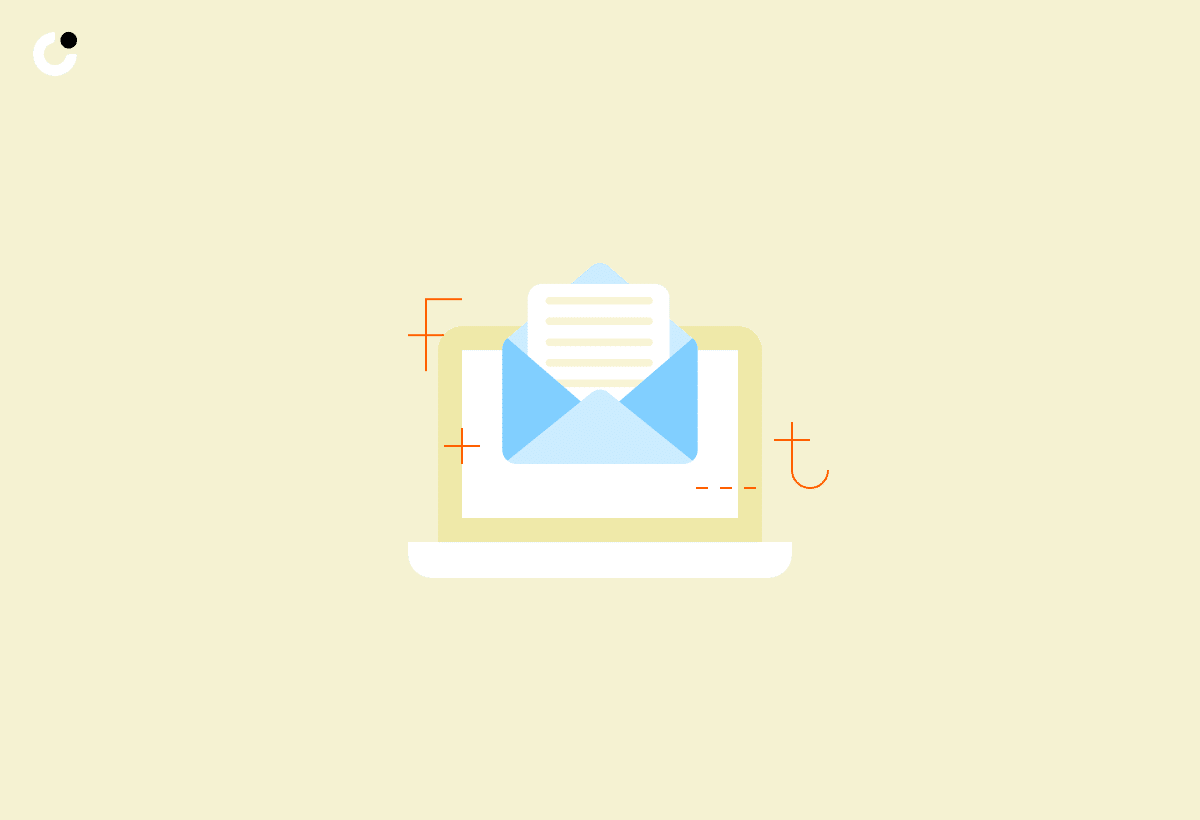
Utilizing proven cold email formulas and templates is an excellent way to ensure your outreach messages capture attention and incite action. Some popular cold email formulas include the BAB (Before-After-Bridge) and PAS (Problem-Agitate-Solve) formulas, which focus on addressing the prospect’s pain point and presenting a solution.
The BAB formula starts by outlining the prospect’s current situation (Before), paints a picture of how their situation could improve (After), and then offers a solution (Bridge) that can help them achieve this improvement. On the other hand, the PAS formula first identifies a problem faced by the prospect, agitates it to make it more pressing, and then presents a solution to resolve it.
By employing these proven formulas and templates, you can create cold outreach messages that resonate with your target audience and prompt them to take action. Keep in mind that it’s essential to adapt these templates to your specific product or service and the needs of your potential clients, ensuring that your message is relevant and engaging.
Personalization Techniques
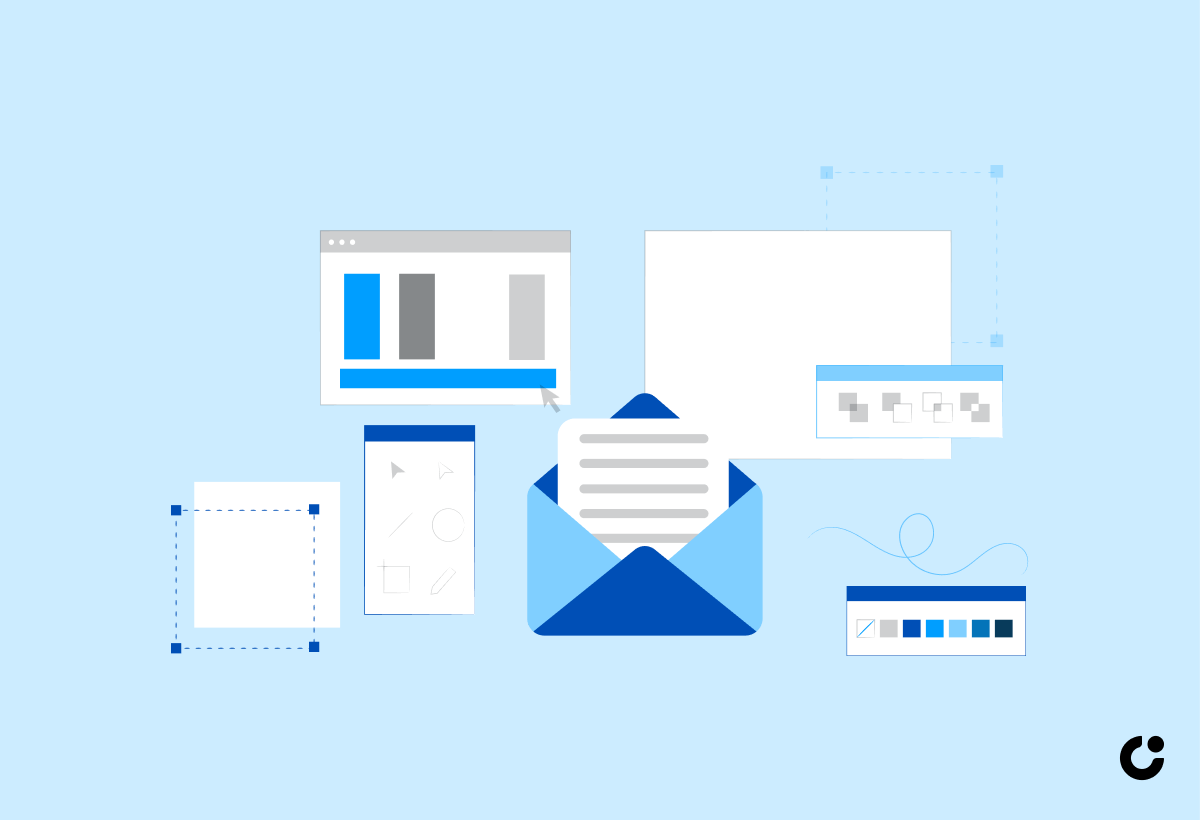
Personalizing your cold outreach messages is crucial for capturing your prospect’s attention and demonstrating that you understand their needs. Researching your prospects can provide valuable insights into their pain points, goals, and preferences, allowing you to tailor your messages accordingly.
One way to research your prospects is to utilize online resources, such as LinkedIn, company websites, and industry publications. By delving into your prospect’s content, such as blog posts and social media updates, you can gain a deeper understanding of their needs and the challenges they face. This information can then be used to create personalized messaging that directly addresses their pain points and offers a solution.
AI writing tools also make personalization at scale a new possibility.
Remember, personalization doesn’t have to be complex or time-consuming. Simple touches, such as using the prospect’s name or mentioning their company, can make a significant difference in the effectiveness of your cold outreach messages. By taking the time to understand your potential clients and tailoring your content to their needs, you significantly increase your chances of successful engagement.
Tracking and Analyzing Cold Outreach Performance
Tracking and analyzing your cold outreach performance is crucial for optimizing your campaigns, identifying successful strategies, and improving overall results. By monitoring key performance metrics, such as response rates, click-through rates, and open rates, you can gain insights into the effectiveness of your messaging and adjust your approach as needed.
A/B testing is one method for optimizing your cold outreach campaigns. By testing different variations of your email templates, subject lines, and content, you can identify which elements resonate best with your target audience and drive the highest engagement. By constantly refining your messaging based on the results of your A/B tests, you can ensure your cold outreach efforts are as effective as possible.
In addition to tracking performance metrics, it’s essential to regularly review your cold outreach strategy and make adjustments based on your findings. This might involve:
Experimenting with different outreach channels
Targeting new segments of your audience
Refining your messaging to better address your prospects’ pain points
By continually working to improve your cold outreach efforts, you’ll maximize your chances of success and drive growth for your business.
Overcoming Common Cold Outreach Challenges
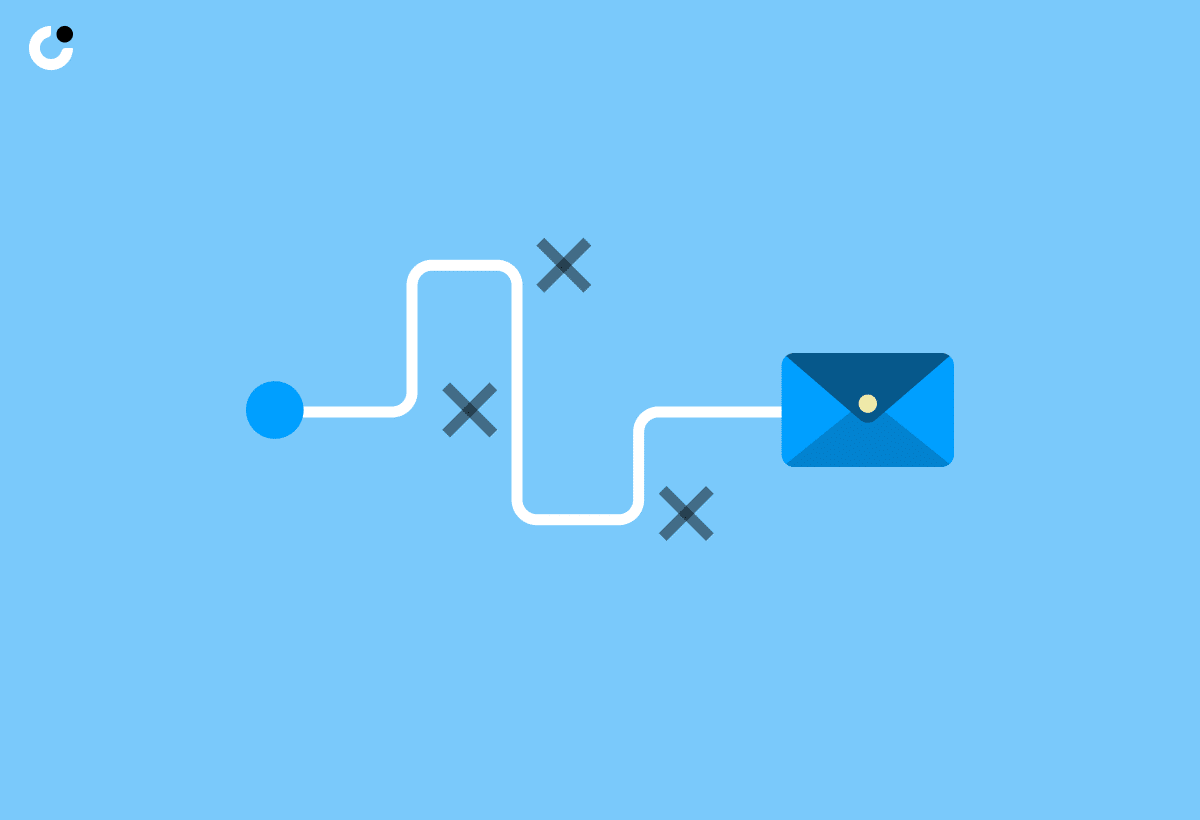
Cold outreach can be challenging, and you may encounter obstacles such as lack of response, low open rates, and difficulty crafting persuasive messages. However, by persisting, testing different approaches, and refining your messaging, you can overcome these challenges and improve your cold outreach success rate in your cold outreach campaign.
One strategy for addressing common cold outreach challenges is to:
Experiment with various messaging styles, subject lines, and templates
Try new tactics and analyze the results to identify the strategies that work best for your audience and drive higher engagement
Be persistent with your outreach efforts, as it may take multiple touchpoints to capture your prospect’s attention and build a relationship (using a CRM will make this easier).
Another key to overcoming cold outreach challenges is to continually learn from your experiences and adjust your approach accordingly. By analyzing your performance metrics and identifying areas for improvement, you can refine your outreach strategy and increase the likelihood of successful engagement with your target audience.
Cold Outreach Success Stories
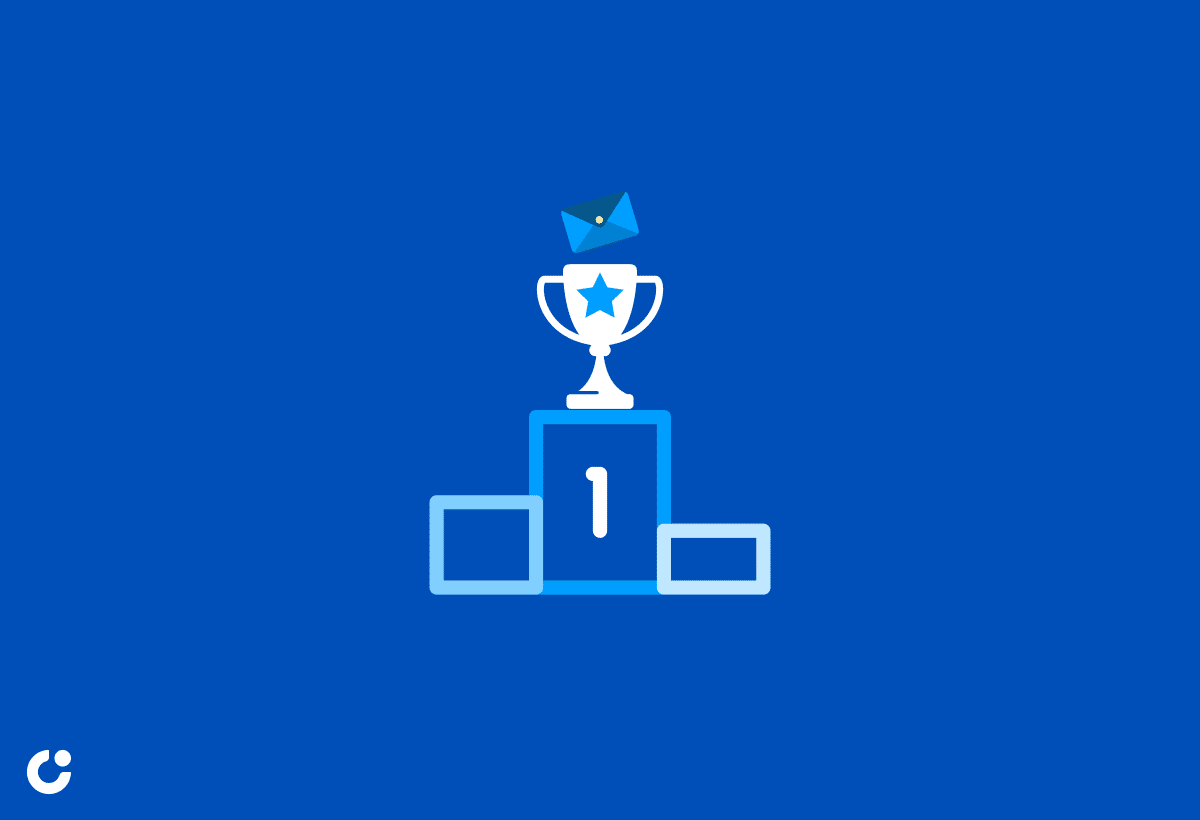
The power of well-executed cold outreach campaigns is evident in numerous success stories. Here are some examples of how effective cold outreach strategies can be.
- Generate leads
- Build relationships
- Drive sales
- Ultimately lead to business growth
One such success story involves a company that generated over $20 million in new business through cold email outreach. Another example highlights how a startup was able to:
- Land influencer clients
- Generate leads
- Close deals
- Secure funding through targeted cold outreach efforts
These stories prove that with the right strategy and persistence, cold outreach can be a powerful tool for achieving your business goals.
By learning from these success stories and applying the tips and best practices shared throughout this blog post, you can transform your cold outreach efforts and unlock new opportunities for your business.
Summary
In conclusion, mastering cold outreach is an essential skill for businesses looking to connect with potential clients, generate leads, and drive growth. By following proven tips and best practices, such as crafting compelling cold emails, leveraging LinkedIn, and employing multichannel outreach strategies, you can increase your chances of successful engagement and propel your business to new heights. Remember, persistence and continuous improvement are crucial for overcoming cold outreach challenges and maximizing your results. Embrace the power of cold outreach and watch your business thrive.
Frequently Asked Questions
What is the best cold outreach method?
Sending emails or direct messages on popular platforms like LinkedIn are the most commonly recommended methods for effective cold outreach. You can also research some cold outreach synonyms or hire a specialist to learn more about other outreach methods.
Does cold outreach work?
Some people argue that cold outreach doesn't work, but they're wrong. Cold email outreach can be a powerful tool for companies looking to connect with new potential customers and create new business prospects. It is an effective and cost-efficient way to market your SaaS business, with the potential to generate more leads and increase conversion rates.
However, success will depend on the strategies you use.
What are the different types of cold outreach?
Cold outreach can take many forms, including networking pitch emails, brand pitch emails, content promotional emails, cold video outreach, and link building emails.
What is warm outreach?
Warm outreach is the act of reaching out to potential customers before they have requested any information from you, such as following up on a past sales inquiry or calling them out of curiosity.
It is a great way to build relationships with potential customers and increase your chances of making a sale. It can also help you stay top of mind with customers who may not be ready to buy right away, but may be in the future.
What is the difference between cold outreach and warm outreach?
Cold outreach involves contacting people with no prior connection, while warm outreach refers to contacting people you already have a relationship with.

